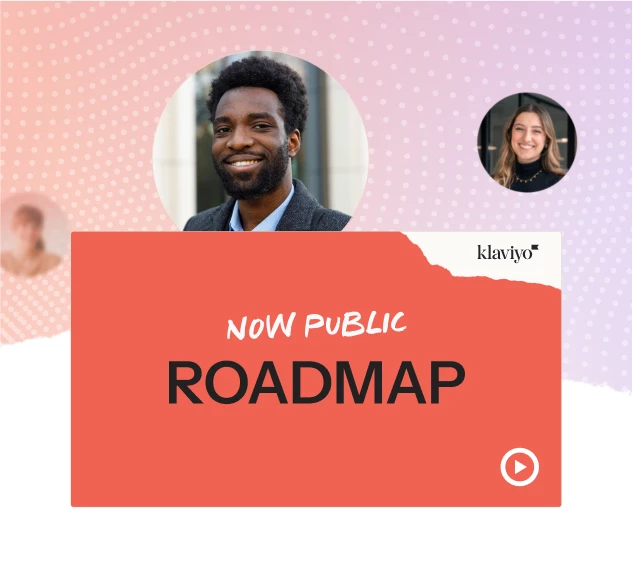Hi All
I run an online sunglasses and prescription eyewear store.
Our customers are not frequent purchasers and in many cases their purchase follow stheir 24 month recall for eye exam from their Optometrist. Others will buy a pair of non prescription sunglasses each spring. Of course we have outliers and are doing our best to increase shopping frequency, however this is the general rule.
My question is regarding list size. We are collecting a lot of sign ups and as you will be aware Klaviyo can get quite expensive. This allied to the fact that you dont want to be sending emails to folks who never or who have stopped opening I would like advice on how to define what an engaged profile is.
This would be so different from a daily news email to a realtor and every other business lies somewhere between.
I would love your suggestions bearing in mind that we work within a 24 month cycle for prescription eyewear should we consider anyone who has opened one of our ( monthly ) emails in the last 12 months or clicked on an email in last 15 months or should we get much tighter and make it open in 3 months or clicked in 6?
I look forward to your thoughts...
Sean


![[Academy] Klaviyo Product Certificate Forum|alt.badge.img](https://uploads-us-west-2.insided.com/klaviyo-en/attachment/8798a408-1d98-4c3e-9ae8-65091bb58328_thumb.png)




